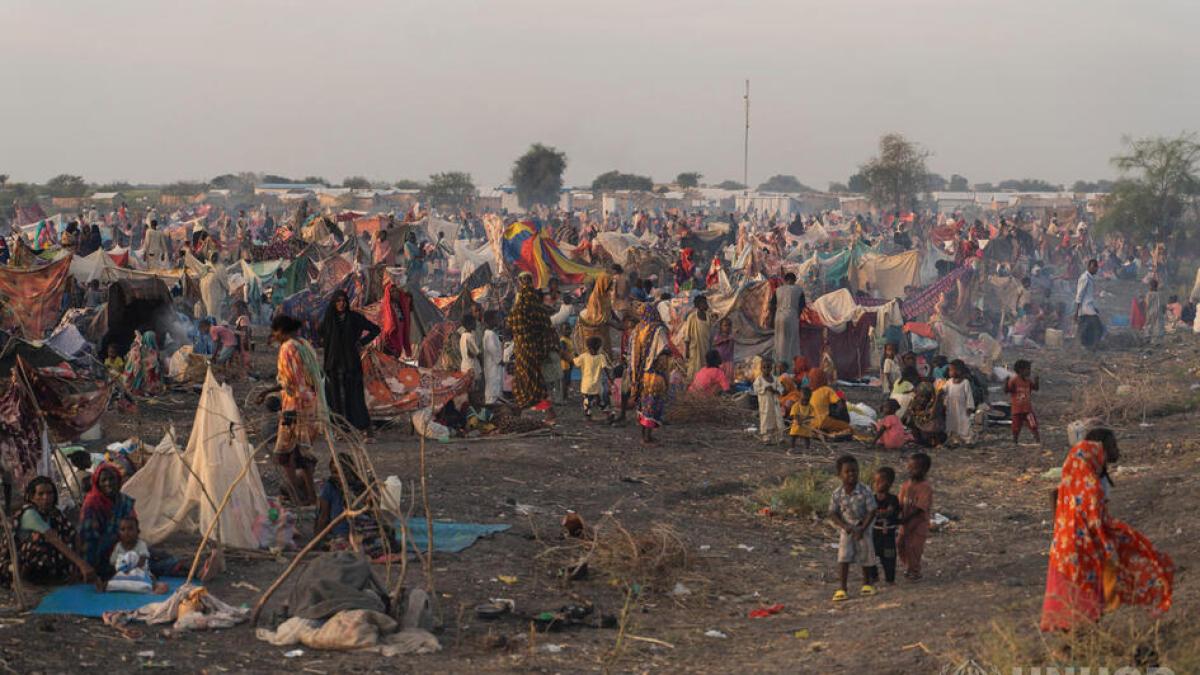A year after it began, the war in Sudan has become one of the largest and most complex displacement crises in the world. Since April 15, 2023, more than 8.6 million people have fled their homes, and 1.8 million people, mostly women and children, have fled to neighboring countries.
Civilians suffer indiscriminate attacks – including widespread sexual violence. Communities are broken, families are broken and separated or desperately trying to care for those still in their care.
Young people’s lives were turned upside down as they were completely uncertain about the future. The urban middle class in Sudan is now almost destroyed: architects, doctors, teachers, nurses, engineers and students have lost everything.
For the past 12 months, Ala Kheir, a Sudanese photographer, has worked with the United Nations High Commissioner for Refugees (UNHCR) to document the conflict and some of the lives devastated by it.
As he witnessed the devastation across the country, he recalled the atrocities during the 2003-2020 war in Darfur, where he was born.
“I hope that through my photos people will at least engage with what is happening,” he says.
“The people I photographed, I think if I could convey their feelings, I would have at least done something to make people elsewhere think about helping the Sudanese who are stranded in camps, schools and farms.
“Perhaps, amidst all this chaos and carnage, the parties to the conflict in Sudan and abroad can begin to think about solutions and interventions to end this devastating war.”
Thousands are still crossing the borders. More than 1,800 people are arriving in South Sudan every day, increasing pressure on already depleted resources. Chad is experiencing the largest influx of refugees in its history.
Other countries accepting Sudanese refugees include the Central African Republic, Egypt, Ethiopia and Uganda. Host countries have been extremely generous in providing refugees with access to public services, including documentation, education, healthcare and housing.
UNHCR and the World Health Organization (WHO) are warning of the deteriorating health situation as health facilities across Sudan struggle to cope due to shortages of staff, life-saving medicines and critical equipment, exacerbating current outbreaks and causing unnecessary deaths.
In Sudan’s White Nile state, more than 1,200 refugee children under the age of five died in nine camps between May 15 and September 14, 2023, as a result of a deadly combination of a measles outbreak and high levels of malnutrition.
There is also an increased risk of a cholera outbreak in other parts of the country as suspected cases have been reported. Across the border in Renk, South Sudan, increasing numbers of children are arriving with measles and malnutrition, including children under five, mostly from White Nile.
Information on supporting the work of UNHCR and its partners on behalf of the Sudanese people can be found here.
